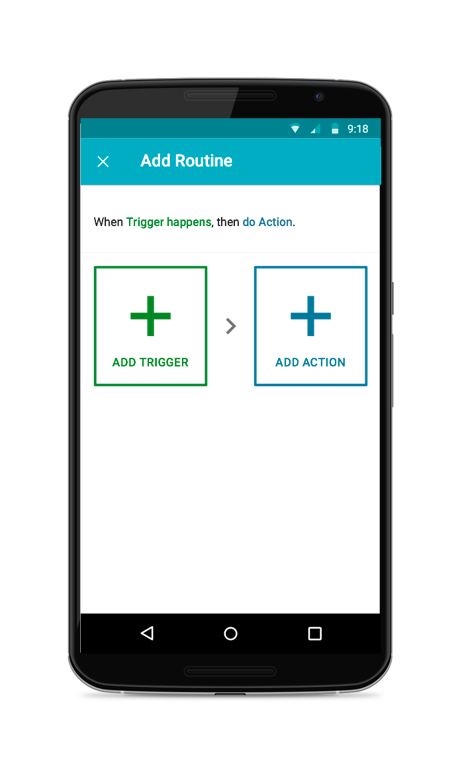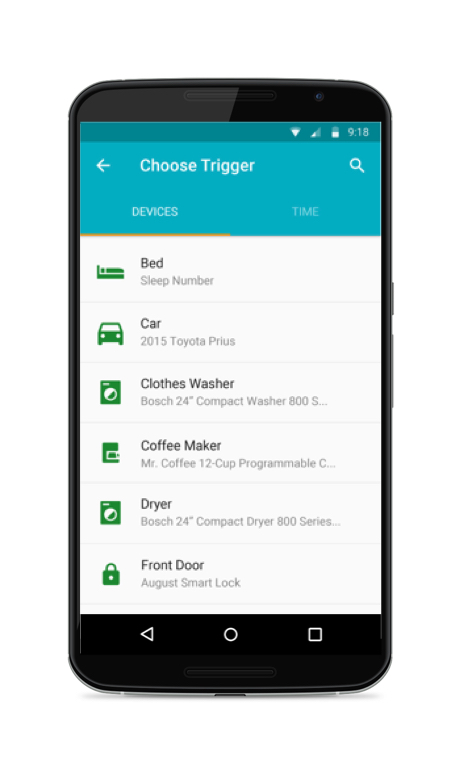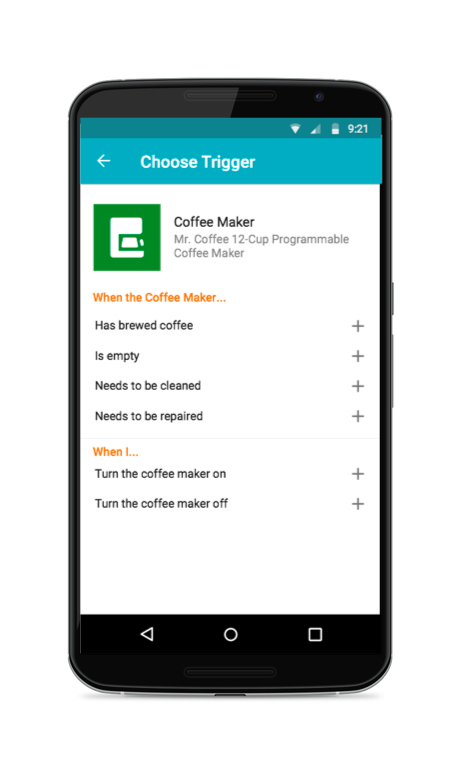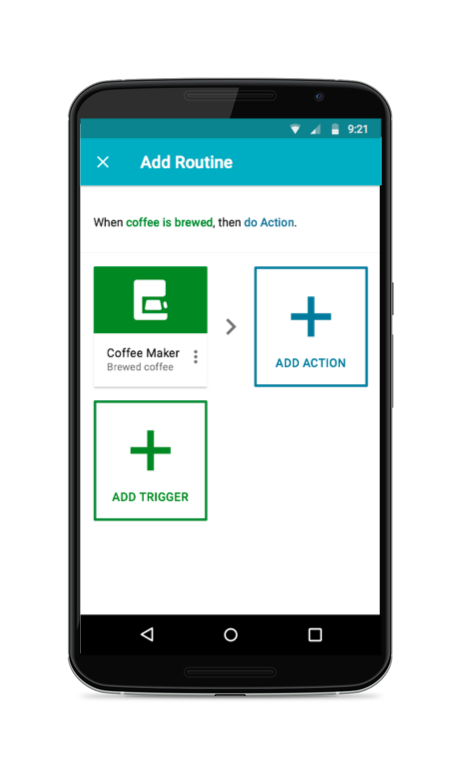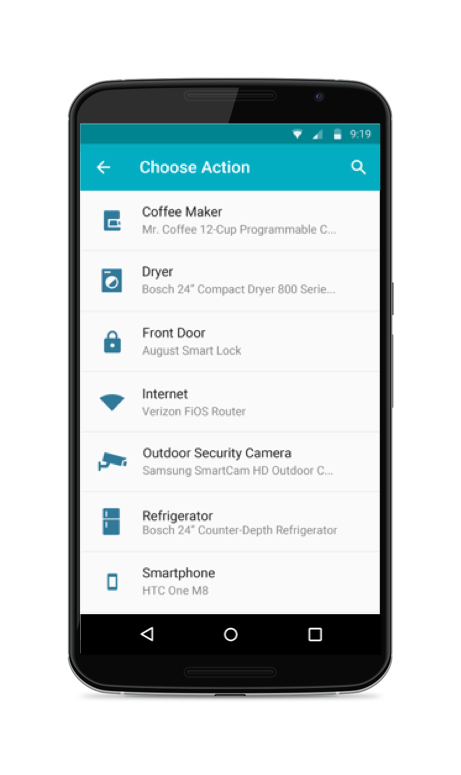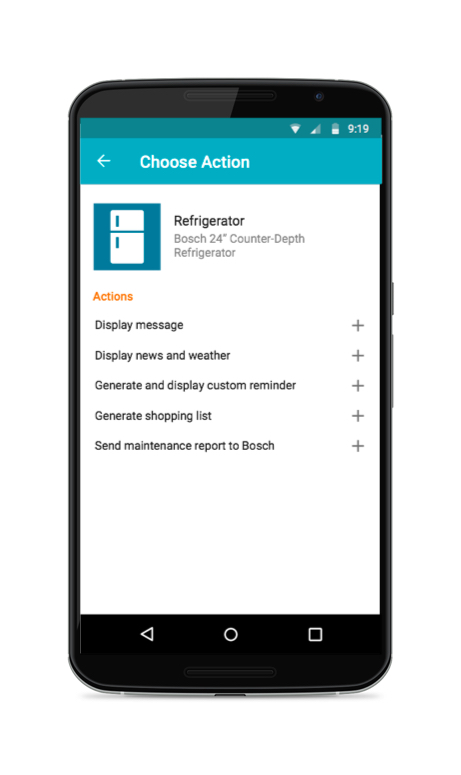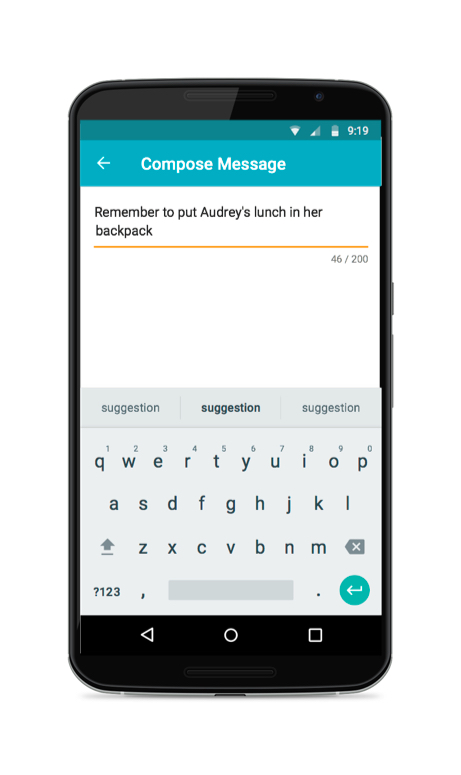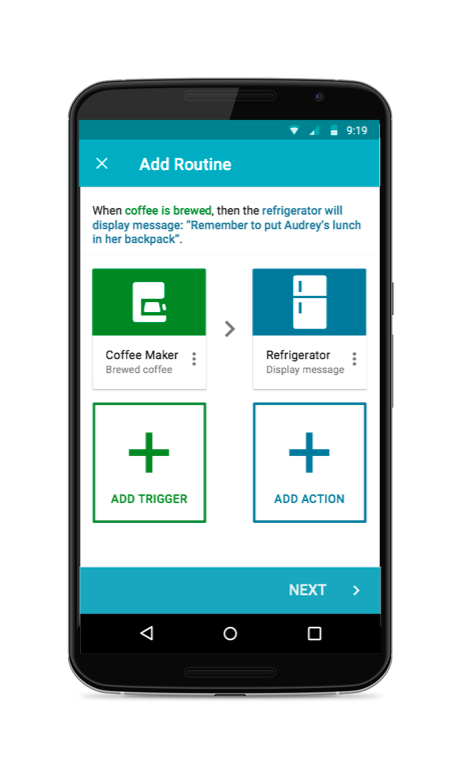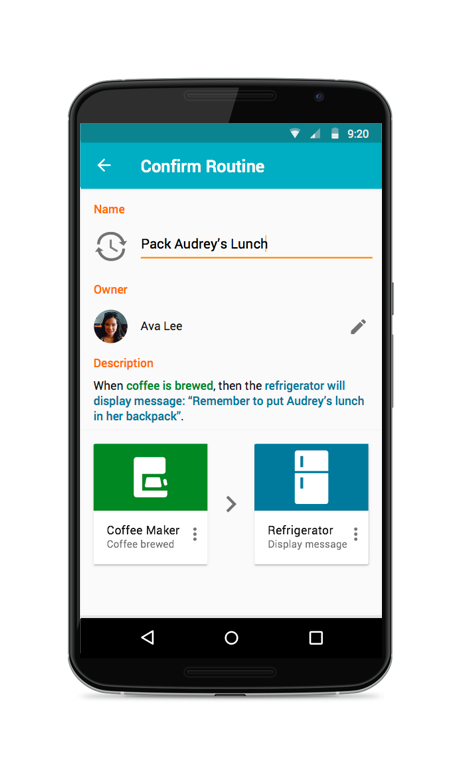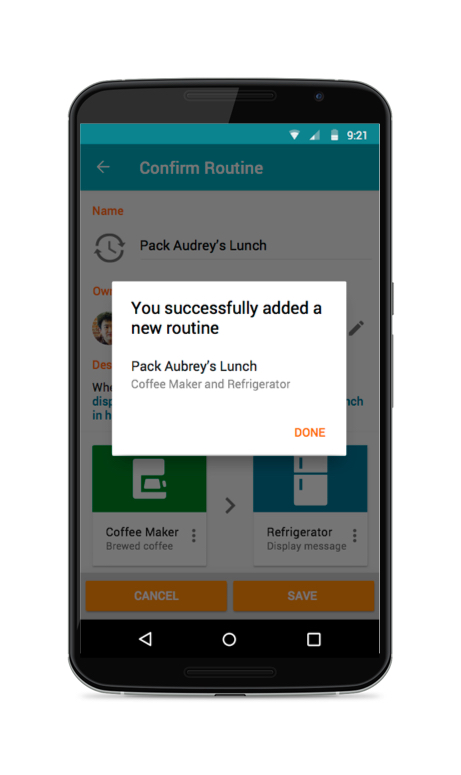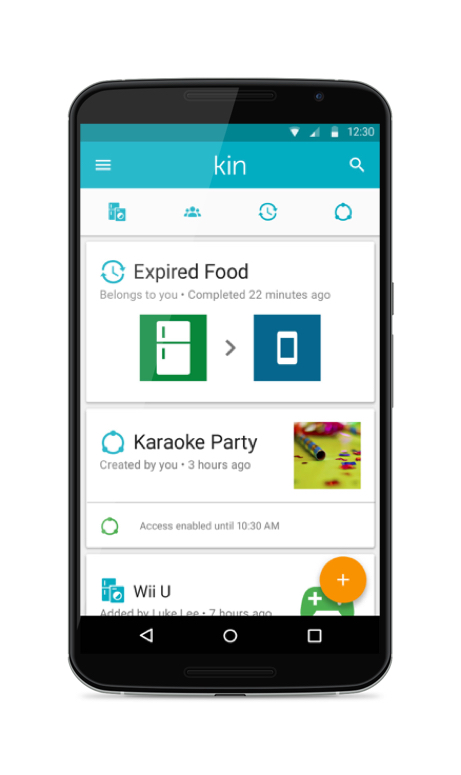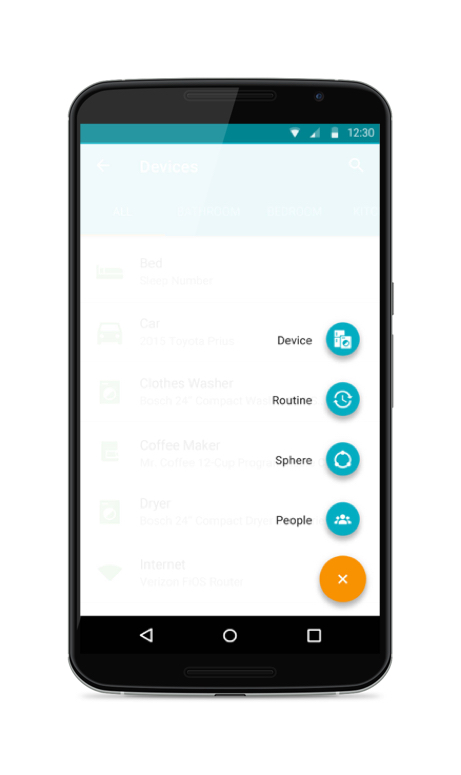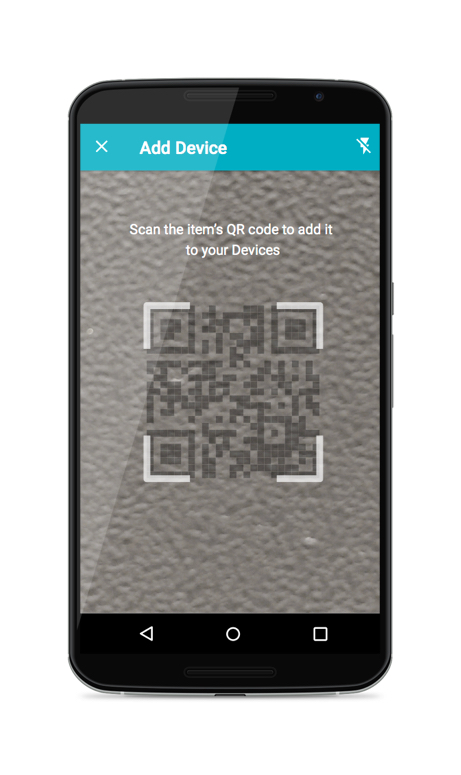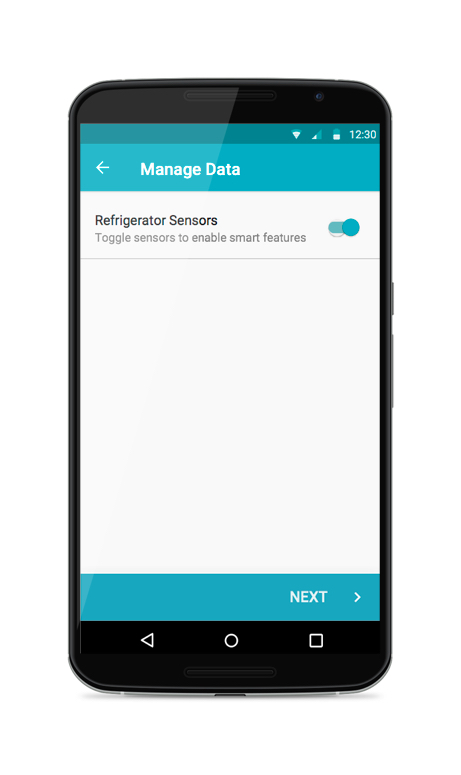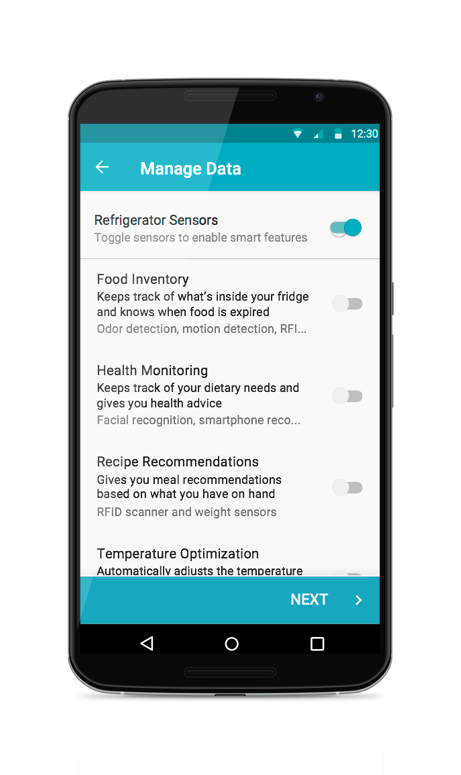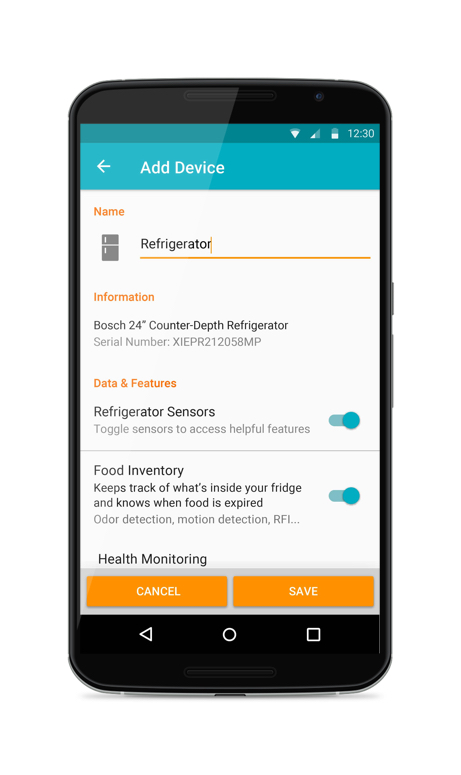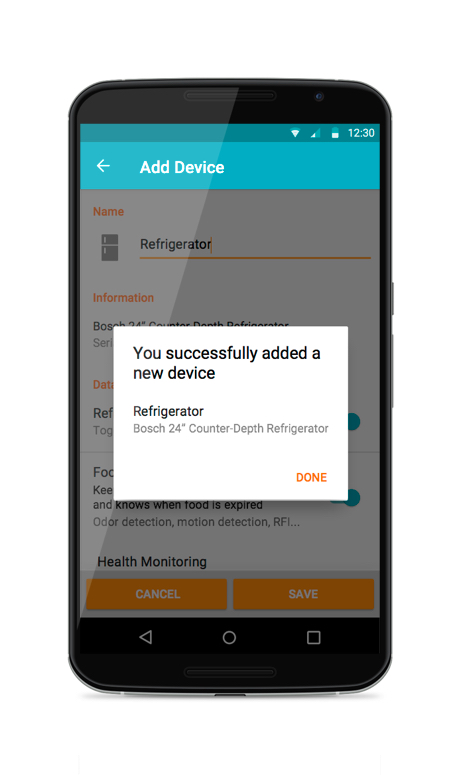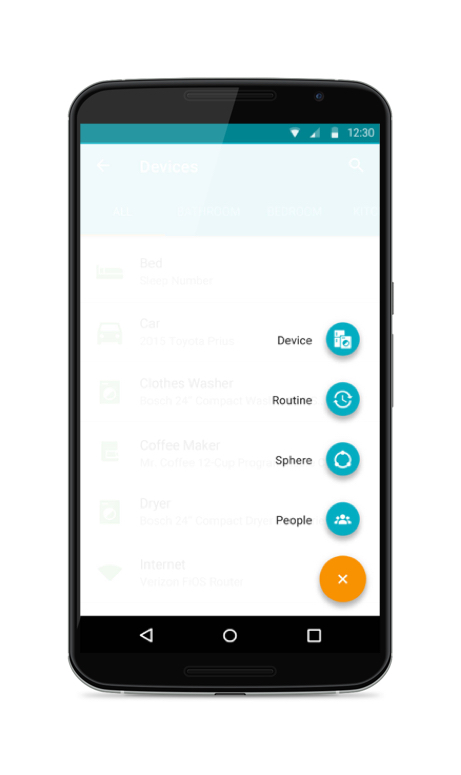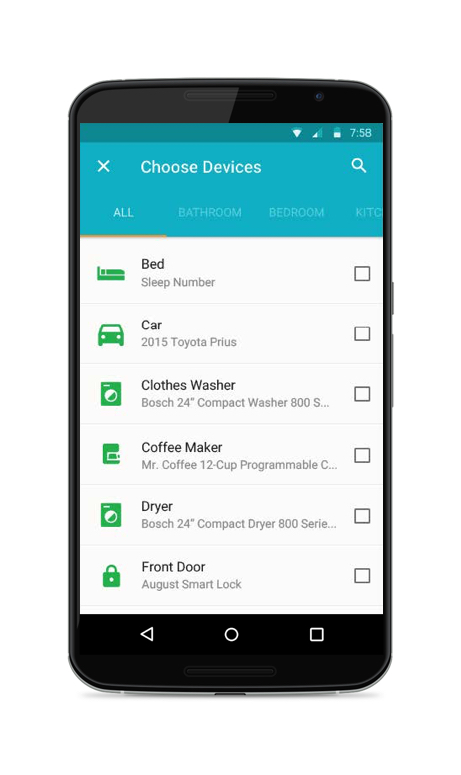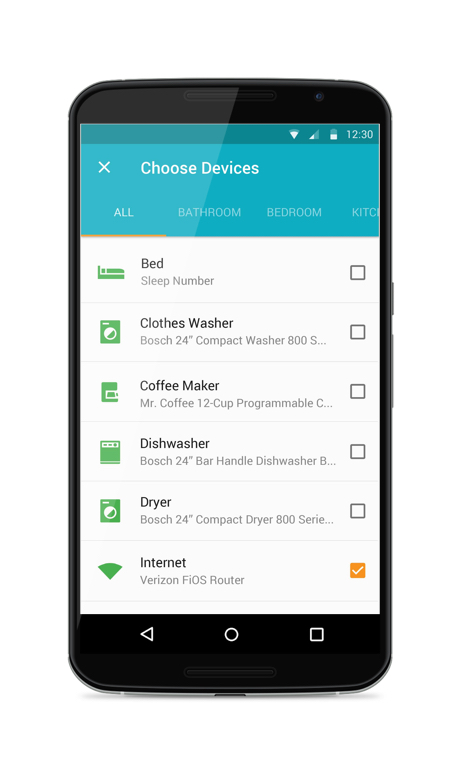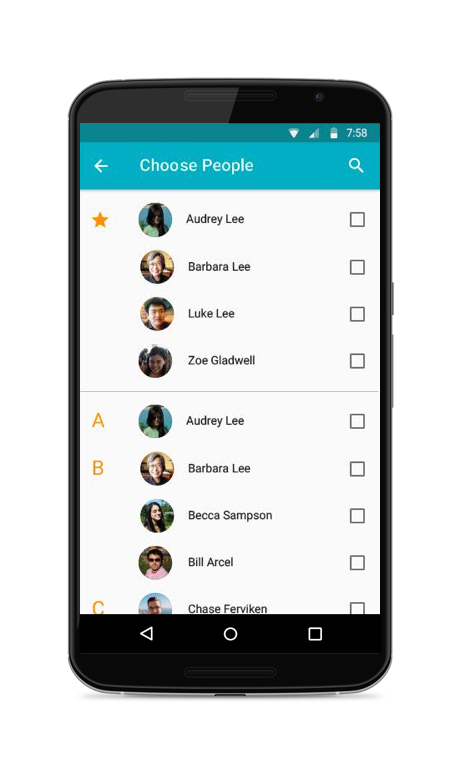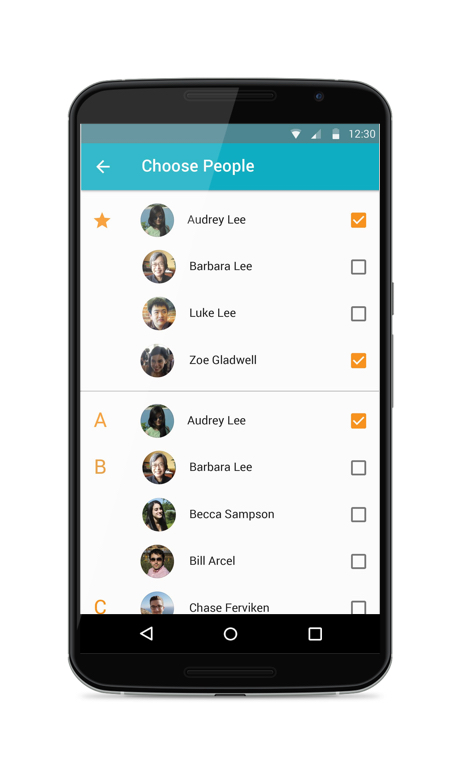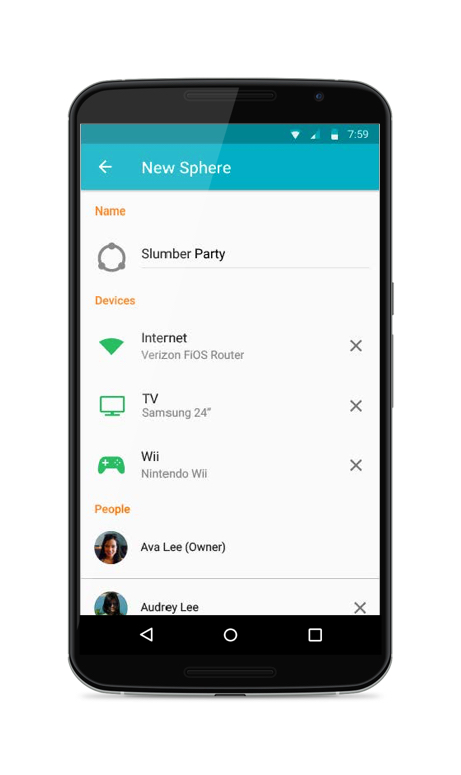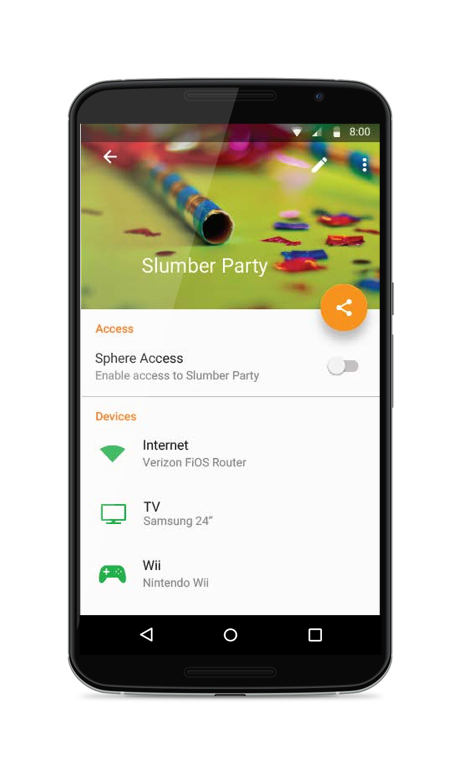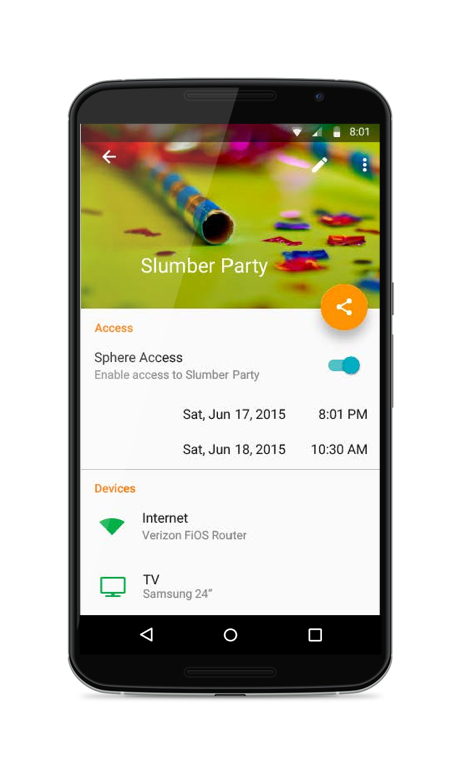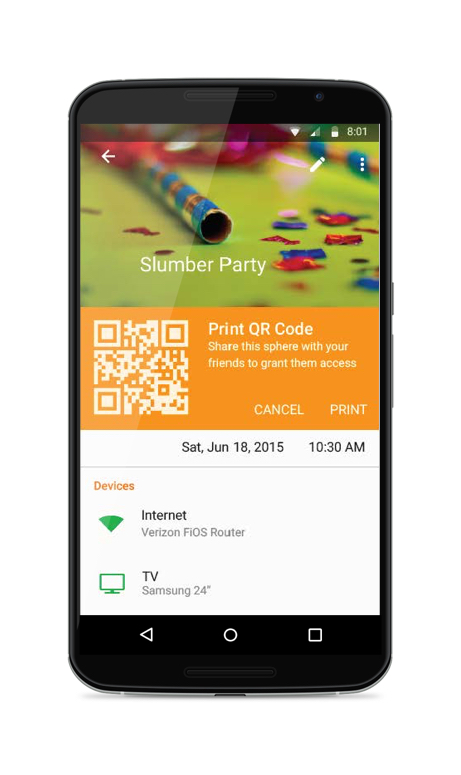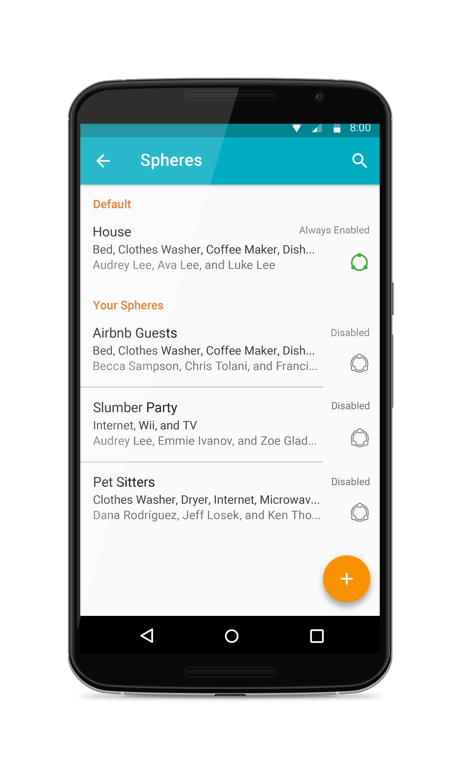Introduction
Kin is the product of an eight month long MHCI Capstone Project with Bosch Ltd. With the recent momentum in sensor technology, Bosch wanted to improve on its ecosystem of products to support our daily rituals without sacrificing the user’s privacy. At the time, Bosch was developing a system that safeguards privacy within a smart home setting. They believe that users should never have to forgo privacy for the sake of convenience.
The capstone project entailed in-depth user centered research followed by low, mid and high fidelity designs ending with working prototypes. A lot of the information here has been kept confidential due to a signed NDA.
My Role
I was the Interaction Lead for our capstone team. Apart from focusing on and producing interaction flows and wireframes for our app, I participated actively in research sessions - facilitating as well as capturing notes. I played a major role in the inception of Cardigami, one of the research exercises we created. I was also responsible for user testing our designs and solely responsible for building the project website.





